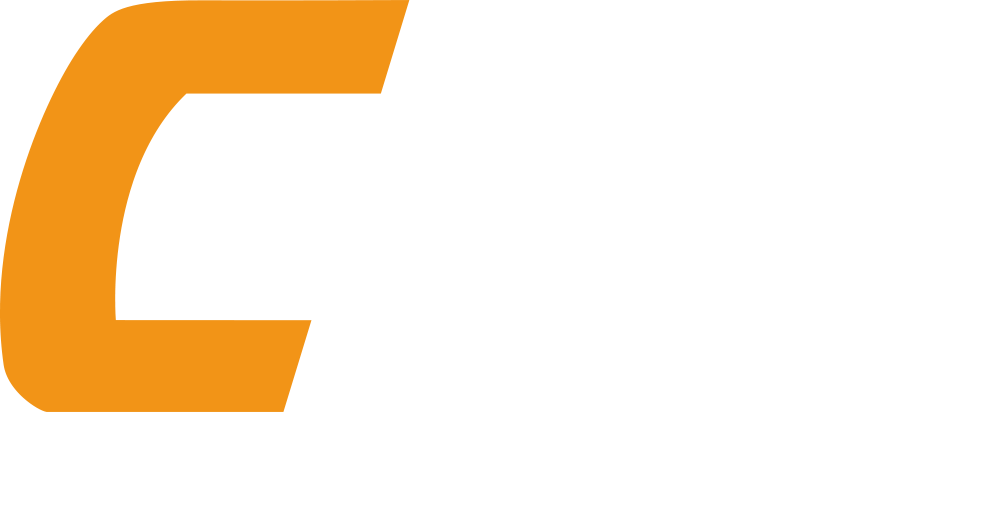A survey report on street lamps in Dezhou city based on energy saving, emission reduction and solar energy utilization
Abstract: With the rapid development of urbanization, energy utilization has increasingly become one of the important factors affecting urban development. Based on the concept of energy saving, emission reduction and solar energy utilization, referring to the relevant national standards, field investigation and measurement of the current situation of street lamps in Shanghai urban areas are carried out. The solar street lamp section is compared with the ordinary sodium lamp section, and the mathematical model is used for optimization, and reasonable suggestions for the layout and energy saving of street lamps in Shanghai urban areas are put forward. Keywords: model optimization; average illuminance; glare control level; Shanghai Introduction With the development of economy and social progress, the modernization of urban construction has become the first choice for urban planning in major cities, and the modernization process of road lighting has also followed. With the modernization of urban construction, it has been mentioned in an increasingly important position. The rapid development of cities makes the scale of road lighting continue to expand, and the increasingly high safety requirements also put forward higher requirements for the brightness design of road lighting, which will lead to a sharp increase in the electricity consumption of road lighting. According to incomplete statistics, at present, the total number of urban road lighting in my country is about 4 million (sets), plus about 1 million (sets) of non-municipal lighting fixtures such as highways, industrial and mining enterprises, airports, docks, etc., the total number exceeds more than 5 million. , and the annual increase rate of more than 10%. In road lighting, urban public lighting accounts for 30% of my country's lighting power consumption, and the annual power consumption is about 43.9 billion kwh. Calculated at an average electricity price of 0.65 yuan/kwh, the annual expenditure reaches 28.5 billion yuan, becoming a major financial department in various regions. burden. Finding ways to reduce energy consumption and save energy has become the first choice for road lighting design. By optimizing the layout of street lamps, it is beneficial to tap the energy-saving potential of street lighting, and it is also in line with the relevant national policies on energy conservation and emission reduction. 1 Survey scope and main parameters Main road sections in Shanghai urban area: Ginza West of Hubin North Road, Ginza South of Hubin North Road, Food City of Hubin Middle Avenue, Tianqu Industrial Park of Dexing North Road, Dexing Road, Kangbo Avenue Huayu Vocational and Technical College, Kangbo Avenue Olympic Sports, Jinghua Avenue, University West Road, University West Road College Section, University East Road Huayu, University East Road East Section, Tianqu East Road, Tianqu West Road, Sanba West Road, Sanba East Road, Xinhu Section of Dongfanghong Road, Dongfanghong Road East, Dongfeng Middle Road; Road conditions: main road width, number of lanes, sidewalk width; Street light parameters: light height, light distance, street light type, power and street light layout. The survey results are shown in Table 1. 2. Data calculation 2.1 Conditional assumptions Due to some uncertainties and individual differences in the actual measurement process, we first make assumptions about some parameters according to general standards: a. Assume that all street lamps have an elevation angle of 10 degrees; b. Assume that the road surface is dry , that is, the measurement is not affected by the weather, and the actual road brightness coefficient is 0.1; c. Ignore the width of the flower bed, and only calculate the width of the main road and the sidewalk; d. Assume that all street lights work normally at night, and there is no damaged street lights; e. Assume that the road is Straight, ignoring intersections. 2.2 Calculation and solution results According to the road lighting evaluation index in 'Urban Road Lighting Design Standard'. The average brightness of the road surface, the average illuminance of the road surface, the glare limit, and the lighting power density are selected as the evaluation indicators. Download: Shanghai Urban Street Lamp Survey Report Based on Energy Saving, Emission Reduction and Solar Energy Utilization.doc
Quick Links
CHZ Lighting Products
Contact Us
WHATSAPP: +86 159 2122 3752
Wechat: +86 159 2122 3752
SKYPE: jolina.li
Add: No.518, Xiangjiang Road,Shanghai, China